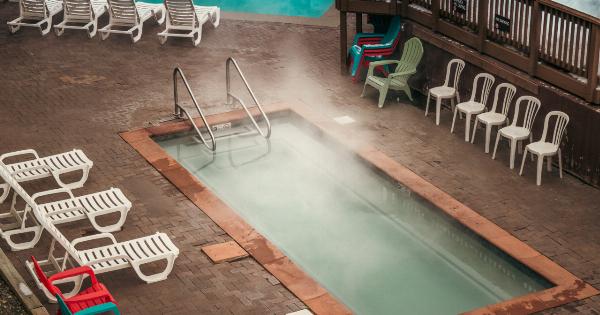Many people enjoy the look of a nice tan, but the dangers of tanning beds are well-documented. Despite the risks, some people continue to use tanning beds regularly, and this can have deadly consequences.
KEPKA, or Keratinocyte Carcinoma Prevention Act, is a law that was passed in 2014 to help protect people from the risks of indoor tanning. This article will discuss the dangers of tanning beds and the purpose of KEPKA.
The Dangers of Tanning Beds
Tanning beds are a popular way to get a quick and easy tan, but they come with many risks. The UV radiation emitted by tanning beds is much more powerful than the sun’s rays, and this can cause damage to the skin that can lead to cancer.
Here are some of the dangers associated with tanning beds:.
Skin Cancer
The most serious risk associated with tanning beds is skin cancer. The UV radiation can cause mutations in the DNA of skin cells, which can lead to the development of skin cancer.
There are several types of skin cancer that are associated with tanning beds, including basal cell carcinoma, squamous cell carcinoma, and melanoma. Melanoma is the most deadly form of skin cancer, and it can quickly spread to other parts of the body if it is not caught early.
Premature Aging
Tanning beds can also cause premature aging of the skin. UV radiation can damage the collagen in the skin, which can lead to wrinkles, age spots, and sagging skin. This can make people look much older than they actually are.
Eye Damage
Tanning beds can also cause damage to the eyes. The UV radiation can cause cataracts, which can lead to blindness. It can also cause damage to the cornea, which can cause vision problems.
KEPKA: Keratinocyte Carcinoma Prevention Act
The Keratinocyte Carcinoma Prevention Act, or KEPKA, was passed in 2014 to help protect people from the risks of indoor tanning.
The law requires the FDA to reclassify tanning beds as Class II medical devices, which means that they are subject to more stringent regulations. The law also requires tanning salons to post warning signs about the dangers of tanning, and it prohibits minors under the age of 18 from using tanning beds.
Why KEPKA is Important
KEPKA is an important law because it helps to protect people from the dangers of indoor tanning. Tanning beds are not safe, and they can cause serious harm.
By reclassifying tanning beds as medical devices, the FDA can regulate them more closely and ensure that they are safe for use. The warning signs that are required by KEPKA can also help to educate people about the risks of indoor tanning and encourage them to make safer choices.
Conclusion
Tanning beds are not safe, and they can cause serious harm to your health. The UV radiation emitted by tanning beds can cause skin cancer, premature aging, and eye damage.
KEPKA is an important law that helps to protect people from the dangers of indoor tanning. By reclassifying tanning beds as medical devices and requiring warning signs, KEPKA can help to educate people about the risks of indoor tanning and encourage them to make safer choices.


























